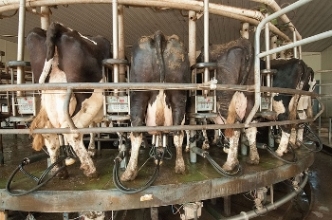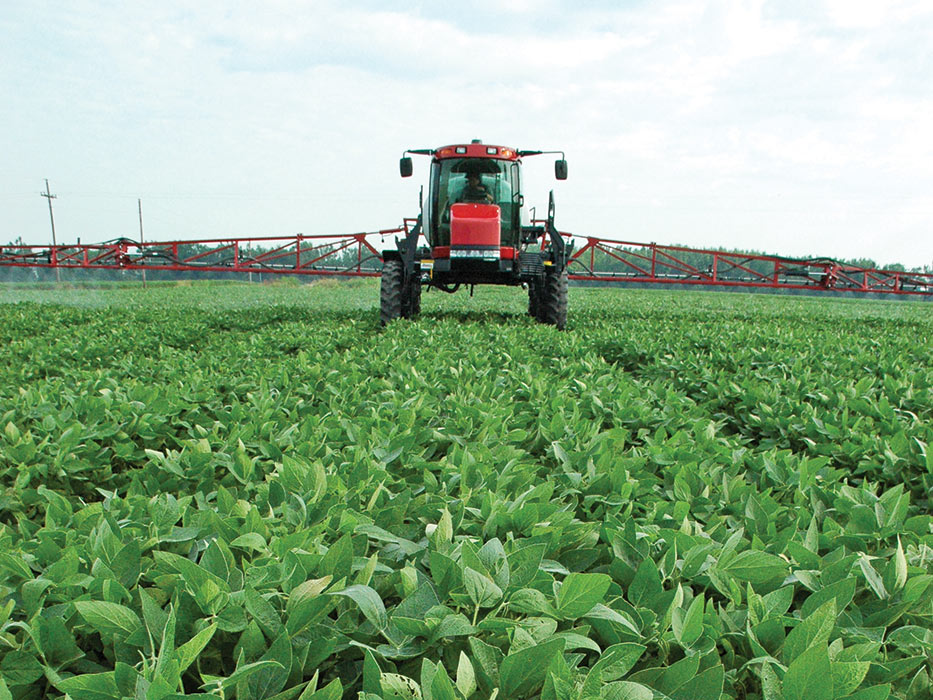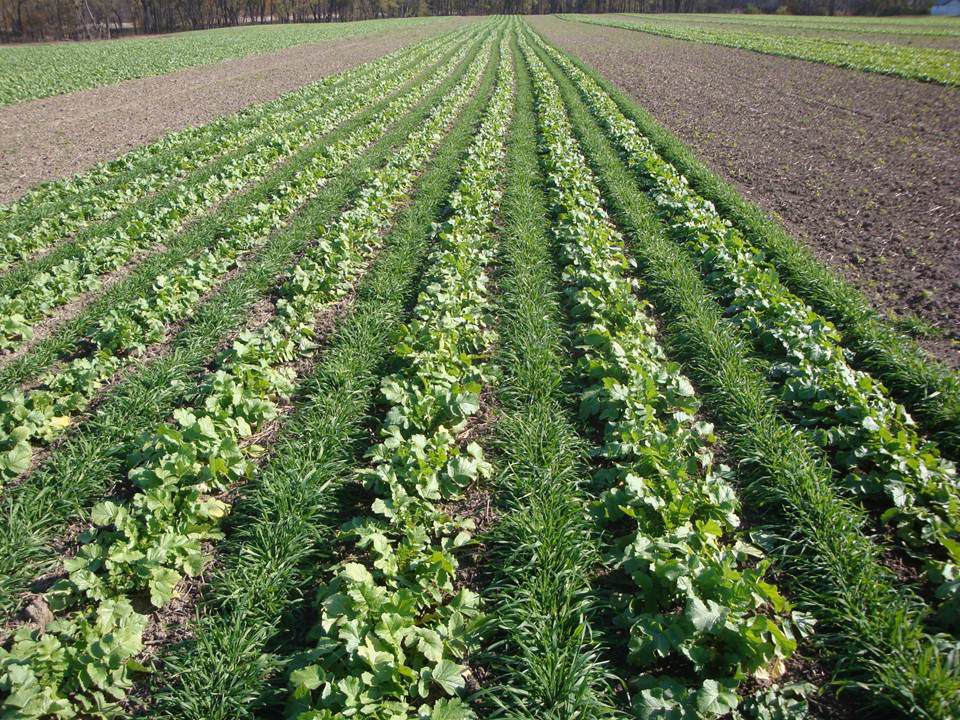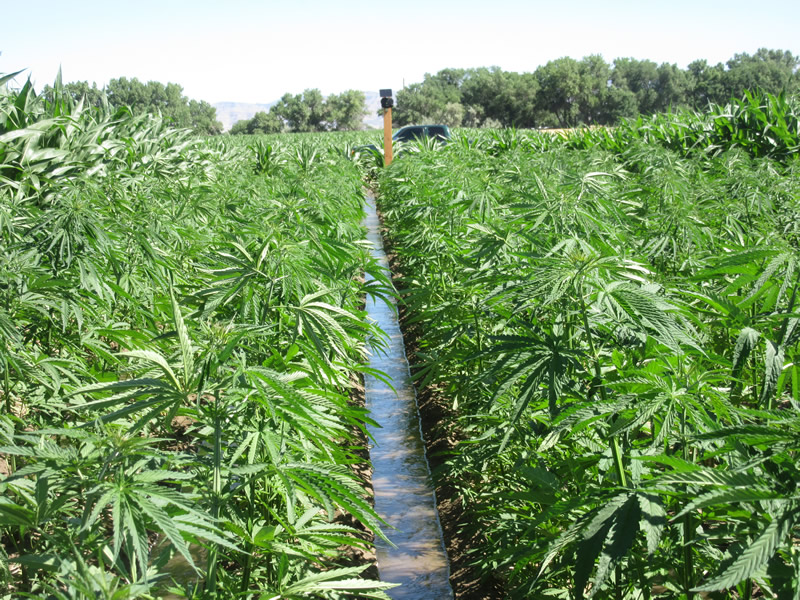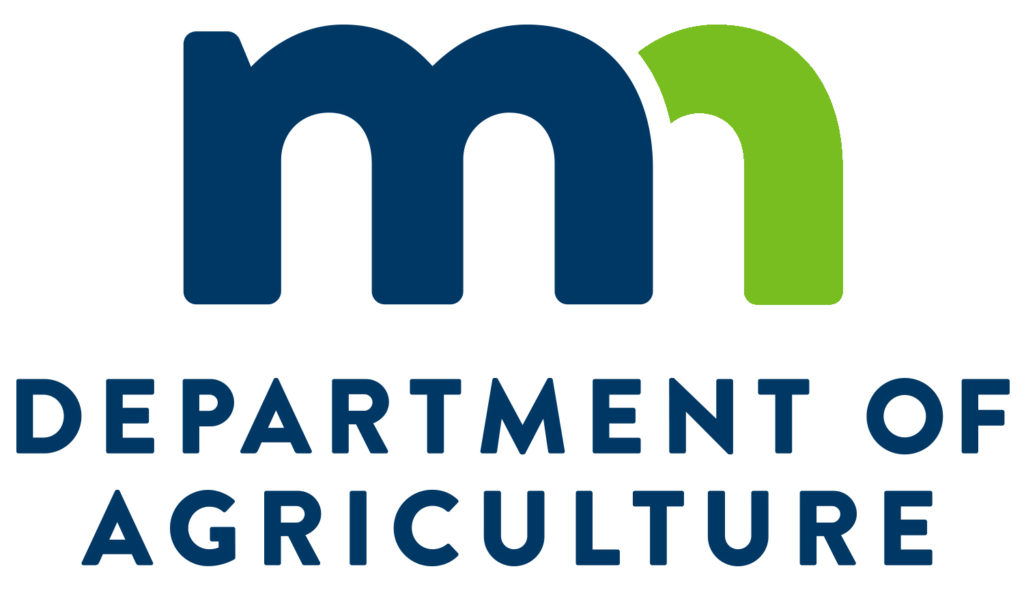The U.S. Department of Agriculture’s Farm Service Agency (FSA) opened enrollment for the Dairy Margin Coverage (DMC) program on June 17 and has started issuing payments to producers who purchased coverage. Producers can enroll through Sept. 20, 2019.

“Times have been especially tough for dairy farmers, and while we hope producers’ margins will increase, the Dairy Margin Coverage program is providing support at a critical time for many in the industry,” said Bill Northey, USDA Under Secretary for Farm Production and Conservation. “With lower premiums and higher levels of assistance than previous programs, DMC is already proving to be a good option for a lot of dairy producers across the country. USDA is committed to efficiently implementing the safety net programs in the 2018 Farm Bill and helping producers deal with the challenges of the ever-changing farm economy.”
Authorized by the 2018 Farm Bill, DMC replaces the Margin Protection Program for Dairy (MPP-Dairy). The program offers protection to dairy producers when the difference between the all-milk price and the average feed cost (the margin) falls below a certain dollar amount selected by the producer. To date, nearly 10,000 operations have signed up for the new program, and FSA has begun paying approximately $100 million to producers for January through May.
May Margin Payment
DMC provides coverage retroactive to January 1, 2019, with applicable payments following soon after enrollment.
The May 2019 income over feed cost margin was $9.00 per hundredweight (cwt.), triggering the fifth payment for eligible dairy producers who purchase the $9.50 level of coverage under DMC. Payments for January, February, March and April also were triggered.
With the 50 percent hay blend, FSA’s revised April 2019 income over feed cost margin is $8.82 per cwt. The revised margins for January, February and March are, respectively, $7.71, $7.91 and $8.66.
Coverage Levels and MPP Reimbursements
Dairy producers can choose coverage levels from $4 up to $9.50 at the time of signup. More than 98 percent of the producers currently enrolled have elected $9.50 coverage on up to 95 percent of their production history.
More Information
On December 20, 2018, President Trump signed into law the 2018 Farm Bill, which provides support, certainty and stability to our nation’s farmers, ranchers and land stewards by enhancing farm support programs, improving crop insurance, maintaining disaster programs and promoting and supporting voluntary conservation. FSA is committed to implementing these changes as quickly and effectively as possible, and today’s updates are part of meeting that goal.
For more information, visit farmers.gov DMC webpage or contact your local USDA service center. To locate your local FSA office, visit farmers.gov/service-locator.



